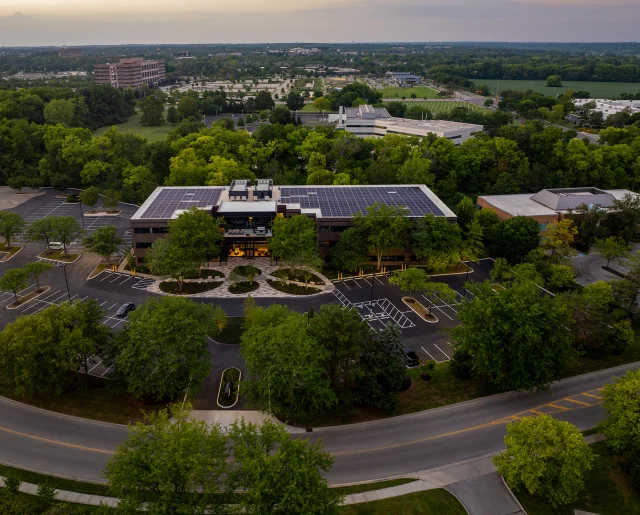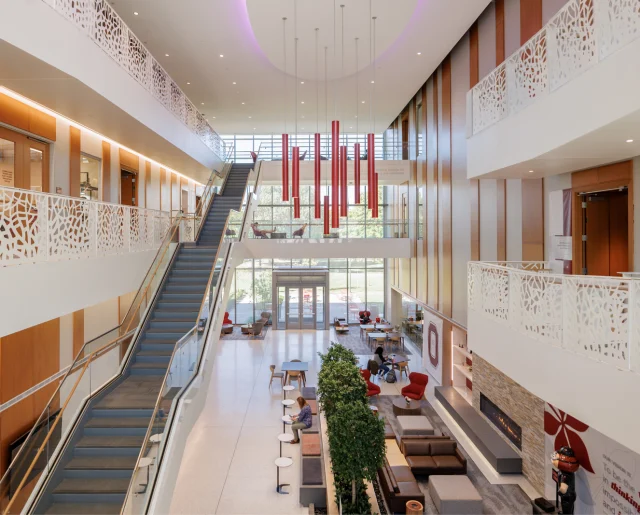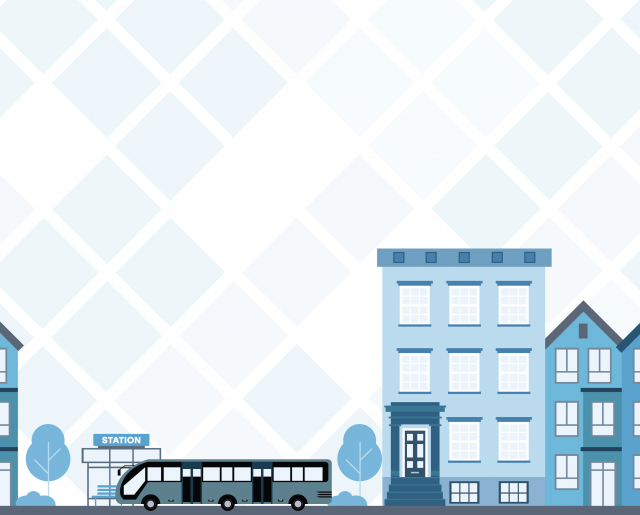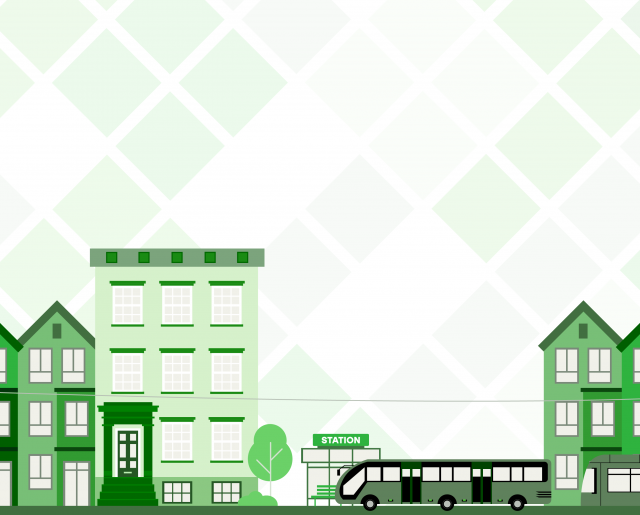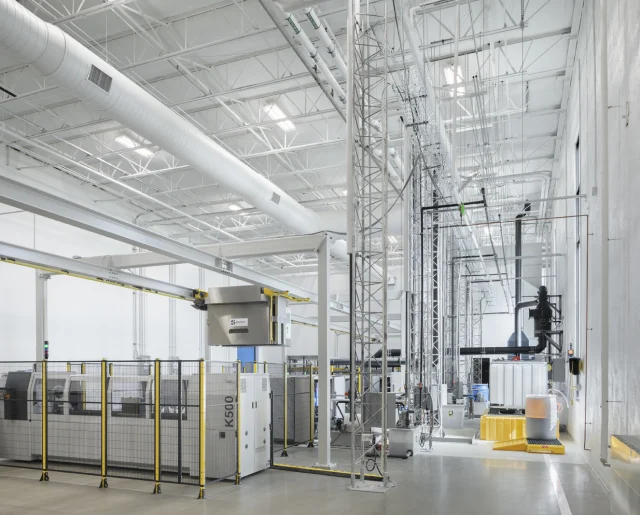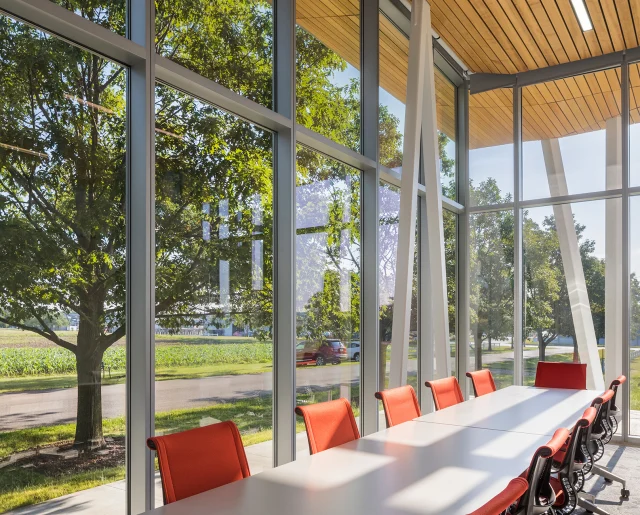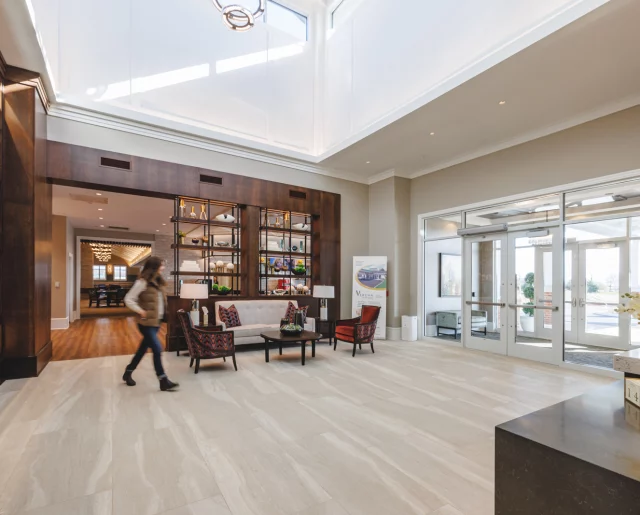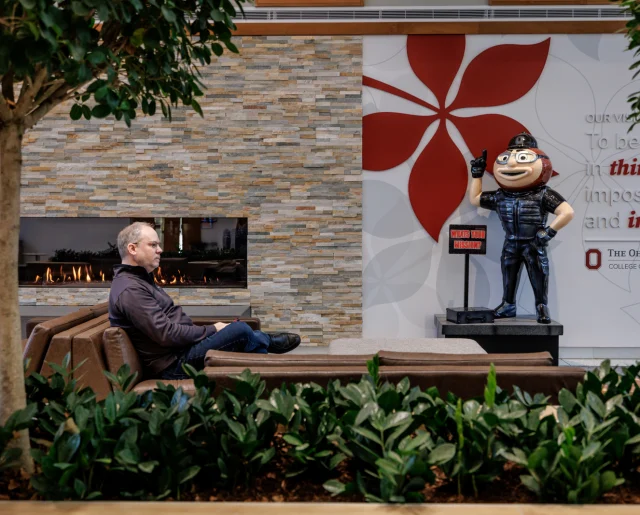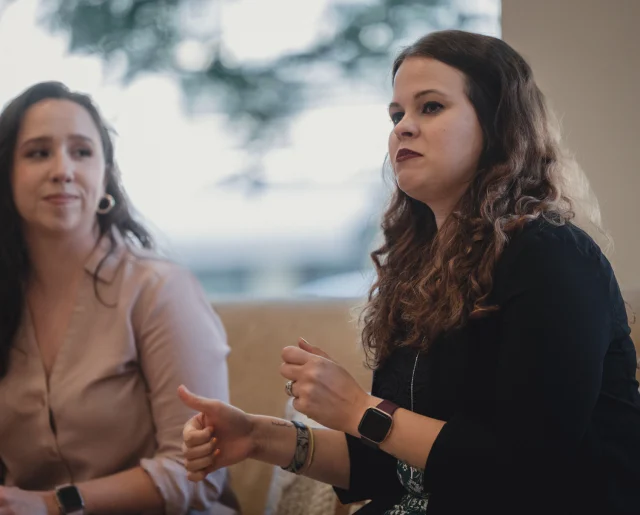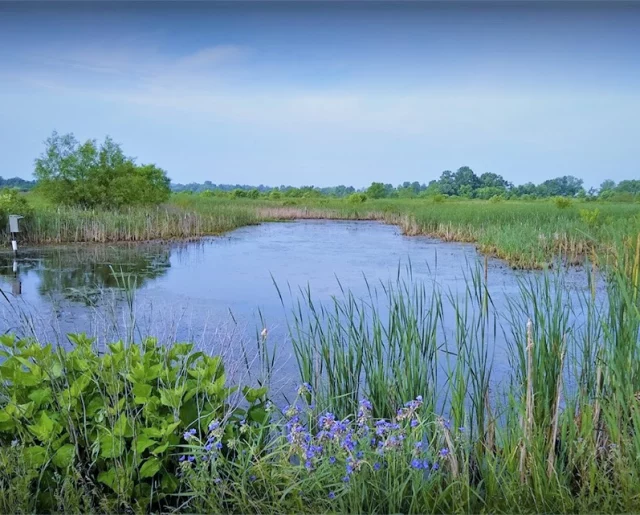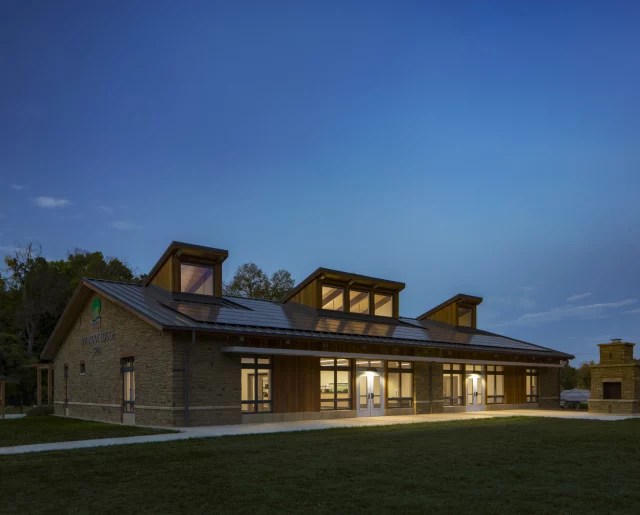Keep an Eye on These 4 Sustainability Topics in 2024
As we approach the close of another year, it’s a valuable moment for reflection and forward thinking. At MA Design, we’re taking this opportunity to cast our gaze toward the future and highlight four key sustainability topics to keep an eye on in 2024 and beyond. Throughout this article, we will explore changes to legislation we’re anticipating and discuss decarbonization through electrification, grid-interactive buildings and microgrids, and the big changes coming to LEED.
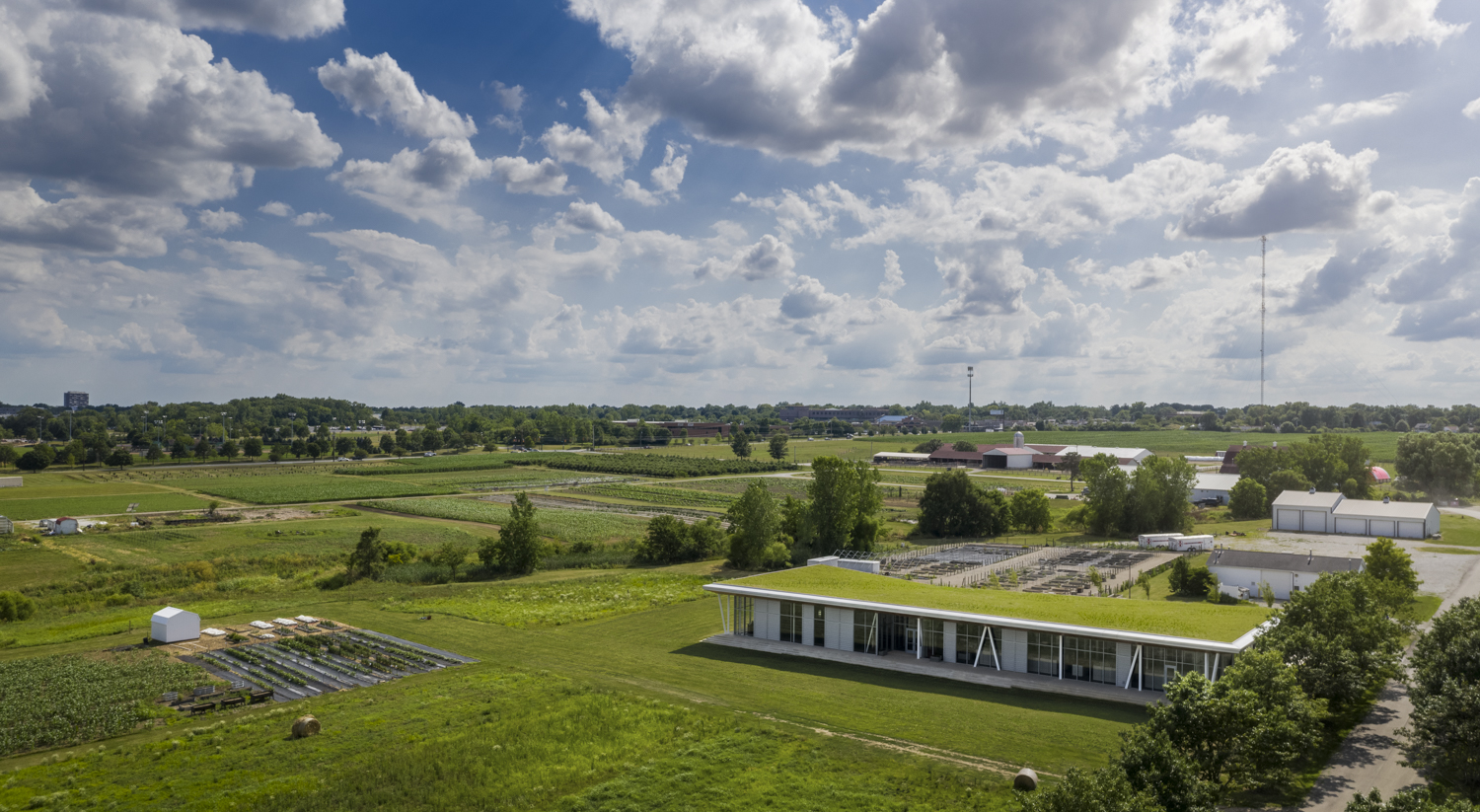
1. Impacts of Inflation Reduction Act (IRA) Projects
Often, the most difficult challenge when trying to create a more sustainable and healthy world is the initial cost to implement. This can be a detrimental hurdle for many projects, and is the most common reason sustainable projects stall or die completely.
In August of 2022, the Inflation Reduction Act (IRA) was passed. The IRA “is the most significant climate legislation in U.S. history, offering funding, programs, and incentives to accelerate the transition to a clean energy economy and will likely drive significant deployment of new clean electricity resources” (US EPA).
Over the past year, since its passing, there has been great discussion around how project teams, communities, and municipalities can take advantage of the historic funding. In fact, according to Goldman Sachs, “A total of 280 clean energy projects have been announced across 44 US states in the IRA’s first year, representing $282 billion of investment”.
As more projects are announced, and more investments are made, be on the lookout for case studies, articles, and analysis on the extent of the impacts. We are excited to see how much progress can be made when federal funding enables positive change in our world.
If you want to know more about the various programs associated with the IRA, please visit the IRS website. There’s also a helpful chart about building-related incentives, which you can find here.
2. Building Decarbonization Through Electrification
It is a fact that buildings account for 40% of energy-related carbon emissions. This information partnered with the projection that “the global building stock is expected to double by 2060” (ASHRAE), the concept of decarbonizing buildings has become an increasingly urgent sustainability topic.
Decarbonizing buildings is the concept of reducing both embodied carbon and operational carbon associated with the design, construction, operation, and demolition of our buildings. (ASHRAE).
Electrification commonly refers to moving buildings away from fossil fuels and towards electricity that can be fueled by renewable power (NRDC).
A Business Insider article states that “about 1 in 5 Americans live in areas with policies for decarbonizing buildings”. Similarly, the Rocky Mountain Institute reports that, “Across the United States, more than 125 cities and counties have adopted policies that require or encourage the move off fossil fuels to all-electric homes and buildings. As of March 2023, more than 36 million people across 10 states and Washington DC live in a jurisdiction where local policies favor fossil fuel-free, healthy buildings.” These stats show a small snapshot into the decarbonization and electrification movements that are happening across the country.
The combination of IRA-funded clean energy projects, and the continued push towards decarbonization and electrification across the nation, it will be interesting to see how this conversation evolves in 2024.
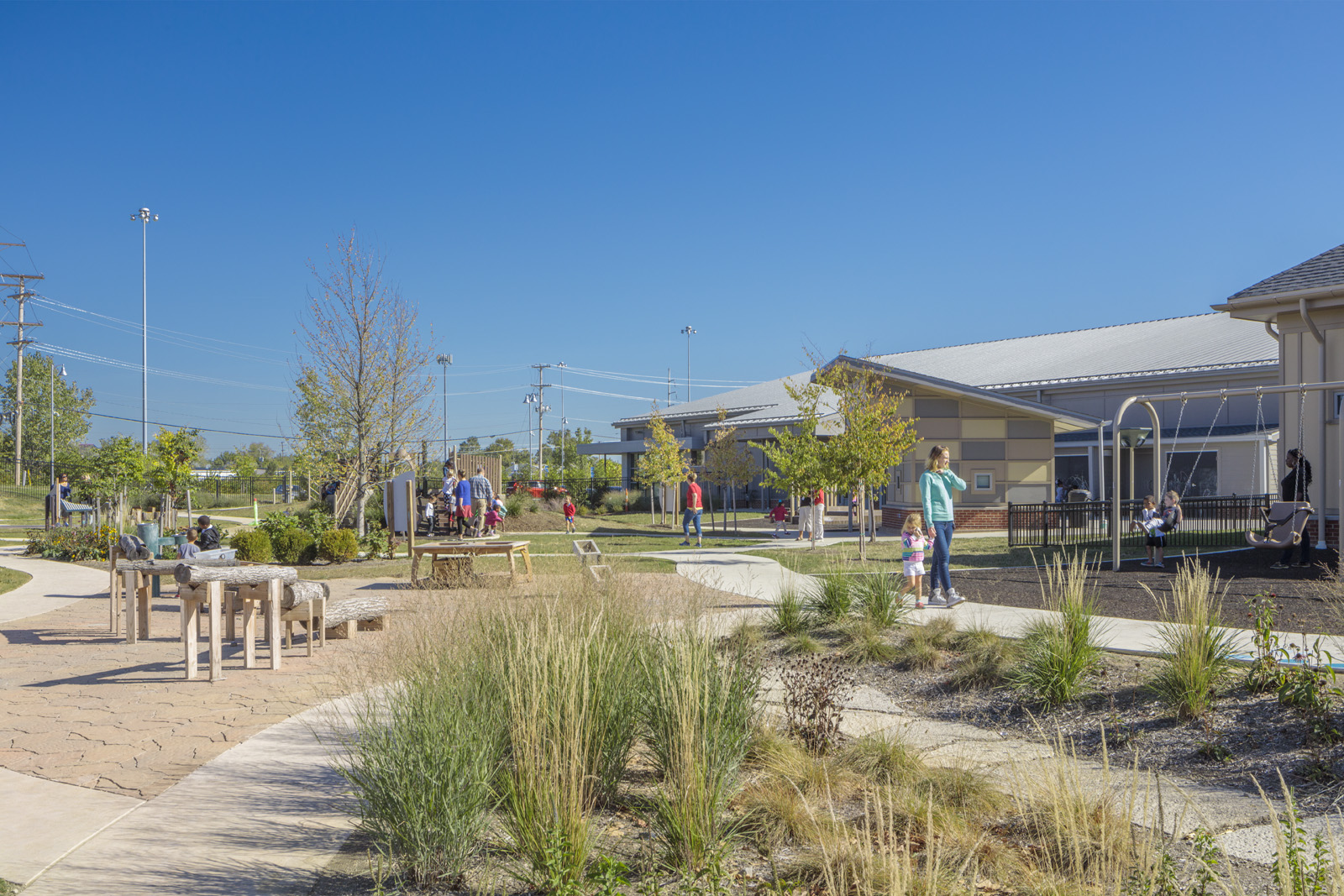
3. Integration of Grid-Interactive Buildings and Microgrids
Over the past year, we have been hearing more discussion around how our electric grids should be modernized. How do we start to prepare our buildings, communities, and grids for the decarbonization and electrification endeavors that are happening? How do we build-in resiliency to the system to avoid power outages? Two topics that come up in response to these questions are grid-interactive efficient buildings and microgrids.
Grid-interactive Efficient Buildings (GEBs) refers to a two-way grid system where buildings and energy grids are connected and communicate with each other. These buildings are designed with energy efficiency, energy storage, renewable energy, and load flexibility technologies enabled through smart controls (Rocky Mountain Institute). The two-way connection allows buildings to adjust energy usage, storage, and production in ways that coordinate with peak grid demands. Ideally, these buildings will adjust when they pull from the grid at more optimal times. This will help to flatten the large peaks the utilities will experience as large portions of our building stock is electrified. The four key concepts associated with GEBs are: efficient, connected, smart, and flexible.
Microgrids are “a group of interconnected loads and distributed energy resources that acts as a single controllable entity with respect to the grid. It can connect and disconnect from the grid to operate in grid-connected or island mode. Microgrids can improve customer reliability and resilience to grid disturbances.” (NREL)
Incorporating grid-interactive efficient buildings (GEBs) and microgrids into the built environment could change how we think about buildings and utility grids. These concepts, and the integration of them into the built environment, can only help to move our world into a more sustainable, healthy, and resilient place.
4. Carbon, Health, Resilience, and Equity in LEED v5
This past year, the US Green Building Council announced a large update is coming to its most popular green building certification, LEED. In 2024, beta versions of LEED v5 will be out in the world for project teams to start using. They state “It marks a transformative milestone in the built environment’s alignment with a low-carbon future and addresses critical imperatives such as equity, health, ecosystems and resilience” (USGBC). The well-known rating system is also taking a big step towards addressing existing buildings, which is viewed as one of our biggest sustainability challenges ahead.
As listed on the USGBC website on LEED v5, the rating system will be:
- Enhancing carbon literacy in the AEC industry by having teams look at operational carbon emissions, embodied carbon emissions, and transportation carbon emissions associated with the project.
- Asking project teams to create healthy and safe spaces that promote well-being for all occupants.
- Promoting a proactive evaluation of the risks to the project from climate change.
- Asking teams to understand and address the social impacts of the project.
These are exciting concepts and additions to LEED that will align it more with the needs of the architectural and sustainability industries. Our team is excited to see exactly how the new concepts will be incorporated into this next version.
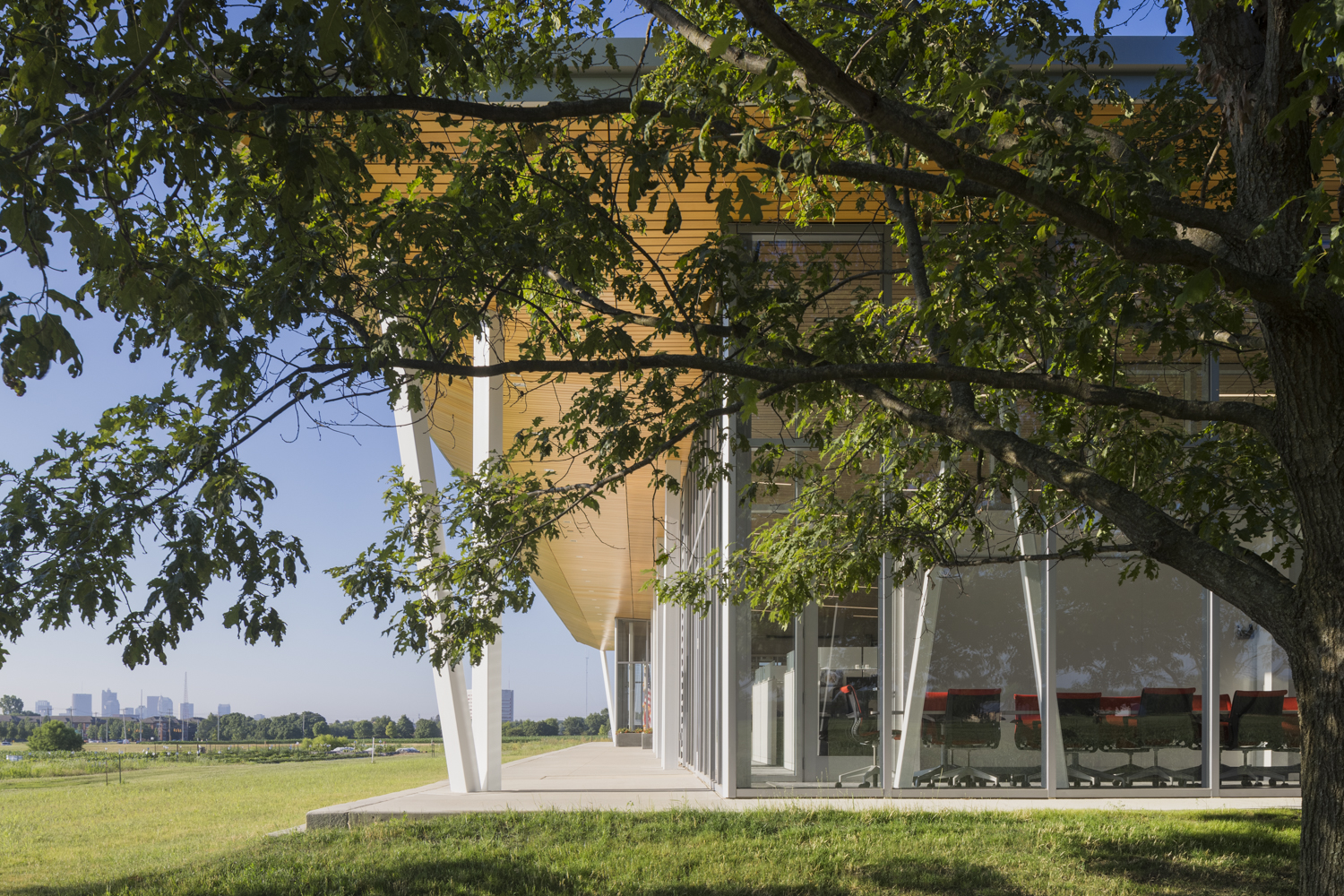
In the midst of these dynamic shifts in the architectural and sustainability sectors, we find ourselves on the brink of transformative change in the coming years. With all of the movement happening around funding, and searching for more clean energy sources; and, as we look for ways to modernize our grids we anticipate far-reaching implications. The outcomes from those movements and solutions hold the potential to create healthier, more resilient buildings and communities. Our team at MA Design is excited to be a part of ushering in these changes through the projects we are working on and educational opportunities. Can’t wait to see how they will impact our world in 2024 and beyond!
Please reach out to Jessica Glorius-Dangelo (jessicagd@designwithma.com) or Ally Balmer (allyb@designwithma.com), if there are any sustainability topics you’re interested in learning more about and discussing further!
About the Authors
 |
Jessica Glorius-Dangelo AIA, NCARB, LEED AP BD+C, WELL AP, Fitwel Ambassador, LFA Jessica is Sustainability Manager and Project Manager at MA Design. She is a licensed architect, who is passionate about sustainability and health and wellness in the built environment. In Jessica’s role as Sustainability Manager, she actively leads projects and teams to become healthier, more sustainable, and resilient. Jessica hopes to leave behind a Sustainable legacy by helping drive a better future for all, starting with our buildings! |
 |
Ally Balmer, Assoc. AIA, LEED AP BD+C Ally is a Sustainability Specialist and Project Coordinator at MA Design. With experience in many different markets, Ally came to MA with an inherent interest in the intersection of the built environment and nature. Her passion for sustainability led her to obtaining certificates in green roofs and sustainable landscaping at the University of Cincinnati. Ally hopes to translate her knowledge of sustainability into the projects she works on to create purposeful, regenerative buildings that positively impact the people and the surrounding environment. |
